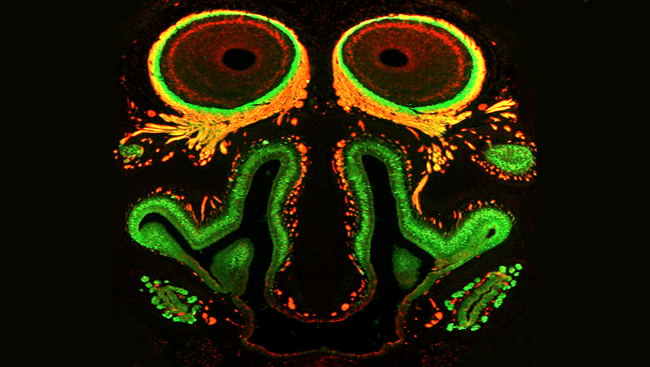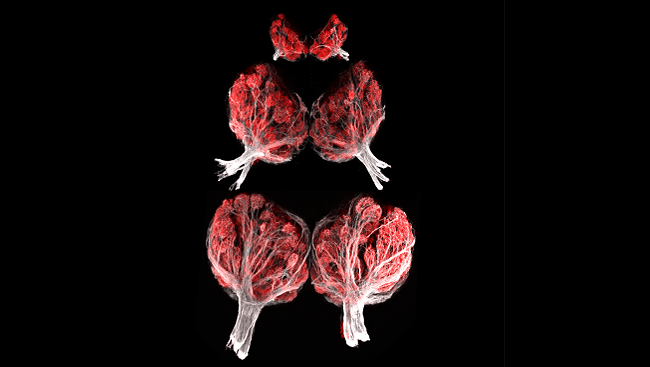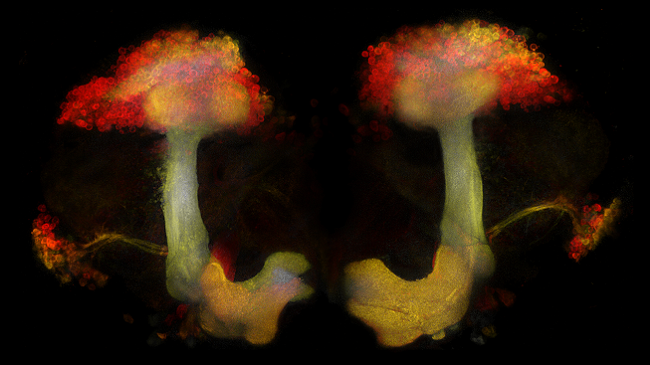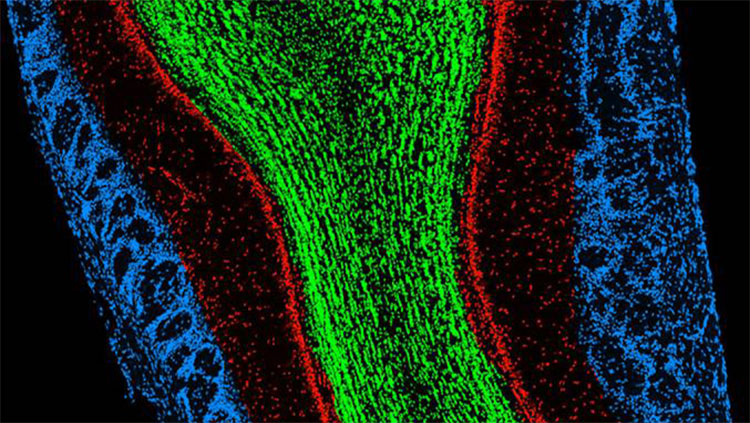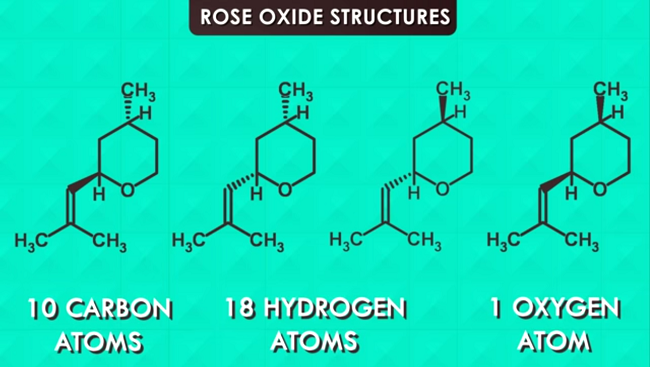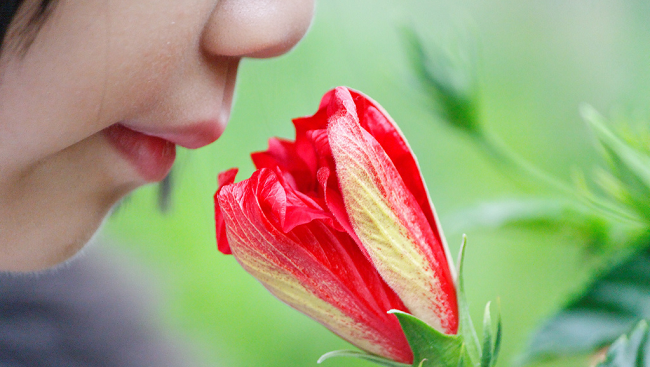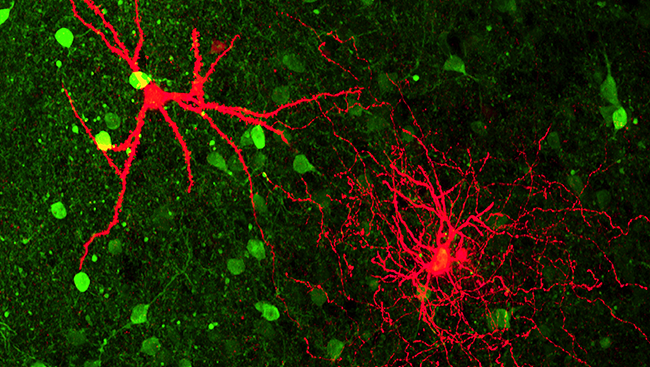
Image of the Week: Processing Smell
Odor information travels through the amygdala, where it helps to influence such behaviors as reproduction and defense.
Keshavarzi, et al. Journal of Neuroscience, 2014.

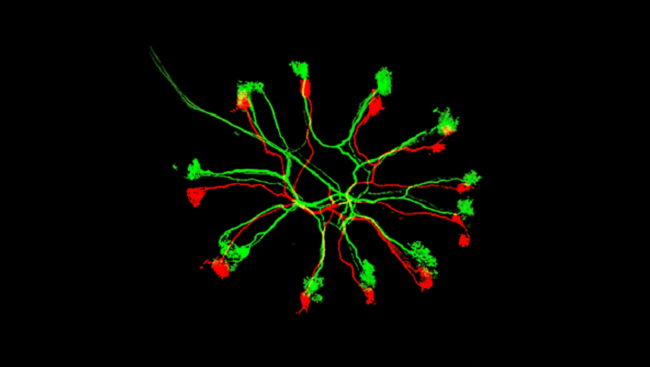
Image of the Week: Radial Branches
Scientists look to insects for clues about how sensory information is processed in the brain.
Jortner, et al. The Journal of Neuroscience, 2007.

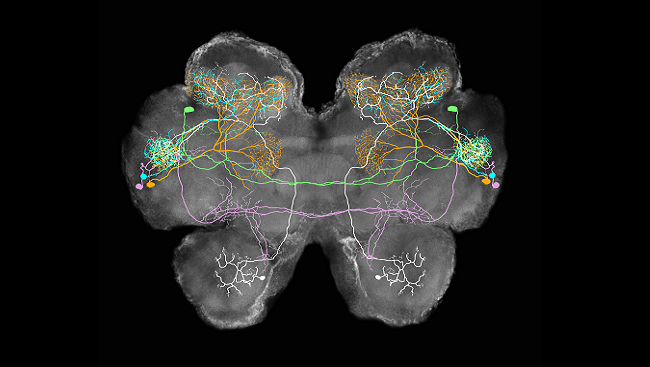
Image of the Week: Sense of Smell in a Locust Brain
How does the brain track smells? Scientists use the olfactory system in insects to study how the brain responds to and processes different odors.
The Journal of Neuroscience, 13 June 2012, 32(24):8138-8148; doi:10.1523/JNEUROSCI.1066-12.2012

Though your sense of smell is much less powerful than your pet dog’s abilities, researchers have shown that the human brain can recognize at least one trillion different smells! That’s thanks to a complex web of nerve cells and brain circuits called the olfactory system. Check out some of our favorite images of the olfactory system in action, and learn more about how the brain processes smells in this roundup.
Browse through the images and their descriptions. Click on the link in each caption to read the full articles.
See more images in our archive:Image of the Week
About the Author
Michael W. Richardson
Michael W. Richardson is a writer and editor based in Brooklyn, New York, covering topics ranging from the brain and behavior to the environment.


